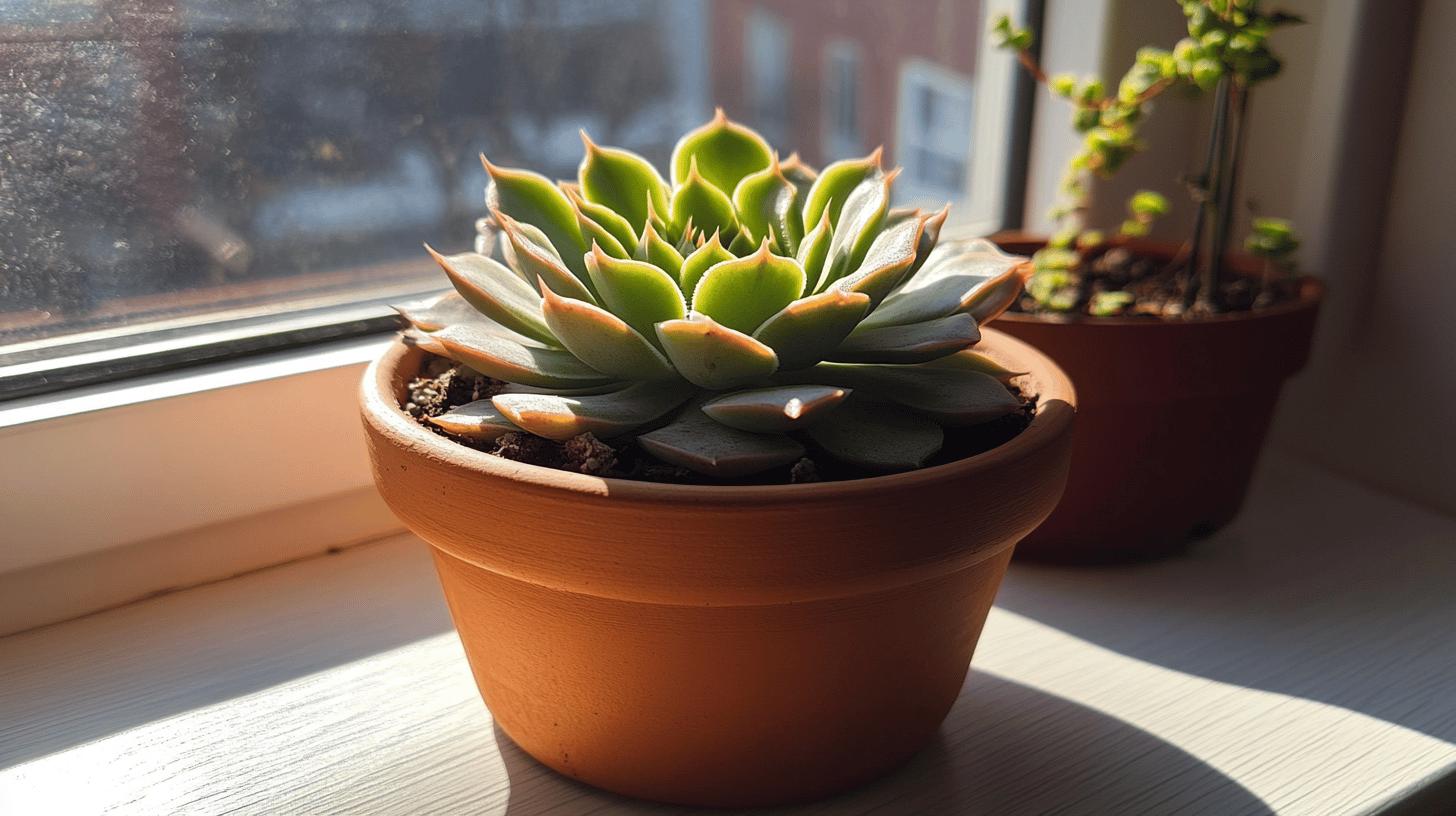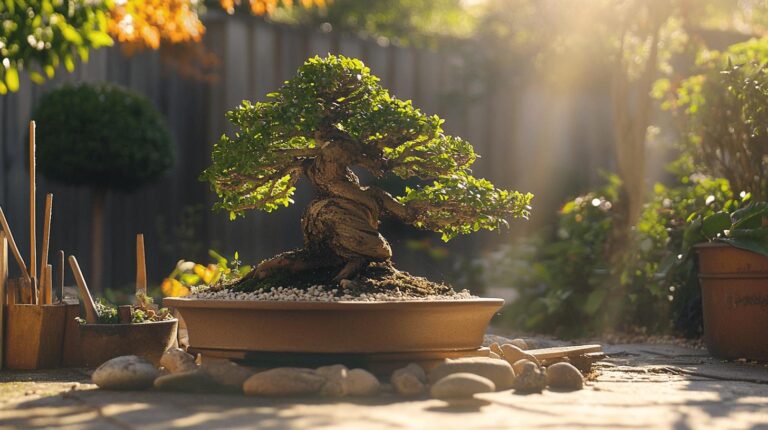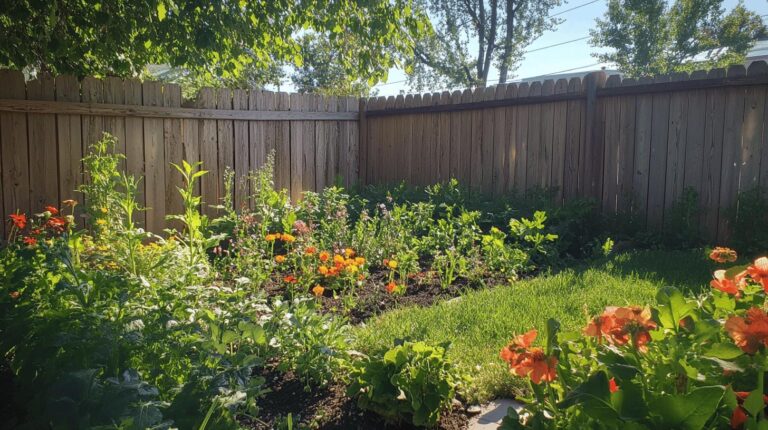Do Succulents Need Sun Indoors and Outdoors? A Complete Care Guide
Do succulents actually need sunlight to thrive indoors or out? It’s a question many plant enthusiasts grapple with, and the answer is more nuanced than you might think. While some succulents bask happily in the full sun, others crave a gentler touch with bright, indirect light. The secret lies in understanding their specific sunlight requirements to ensure they maintain vibrant colors and healthy shapes. Let’s shed some light on how you can create the perfect sun-soaked environment—without the sunburn—for your succulent friends, both in your backyard and on your windowsill.
Understanding Succulents’ Sunlight Requirements
Sunlight is vital for succulents as it helps them maintain their vibrant colors and compact shapes. Without adequate sunlight, succulents may become leggy as they stretch toward the light, losing their aesthetic appeal. Sunlight also plays a crucial role in their photosynthesis process, ensuring they receive the energy needed for healthy growth. Whether indoors or in the backyard, providing the right amount of light is essential to keep your succulents thriving.
The amount of sunlight required can vary significantly between different succulent varieties. Some species flourish in full sun, basking in all the rays they can soak up, while others prefer a bit of respite in bright sunlight or partial shade. Knowing the specific needs of your succulent variety can make all the difference in their health and appearance.
- Full Sun: Ideal for succulents like Echeveria and Sempervivum.
- Bright Sunlight: Preferred by Aloe Vera and Haworthias.
- Partial Shade: Best for varieties such as Gasterias and Snake Plants.
- Filtered Sunlight: Suitable for succulents like Jade Plants.
- Bright Indirect Light: Works well for Christmas Cactus and certain Kalanchoe species.
For most succulents, aiming for 4-6 hours of daily indirect sunlight strikes a good balance. This amount of light allows them to perform photosynthesis effectively without the risk of sunburn, especially in harsh climates. Whether you’re growing them indoors or outdoors, ensuring this standard light exposure will support your succulents’ needs and help them thrive beautifully.
Outdoor Sunlight Needs for Backyard Succulents
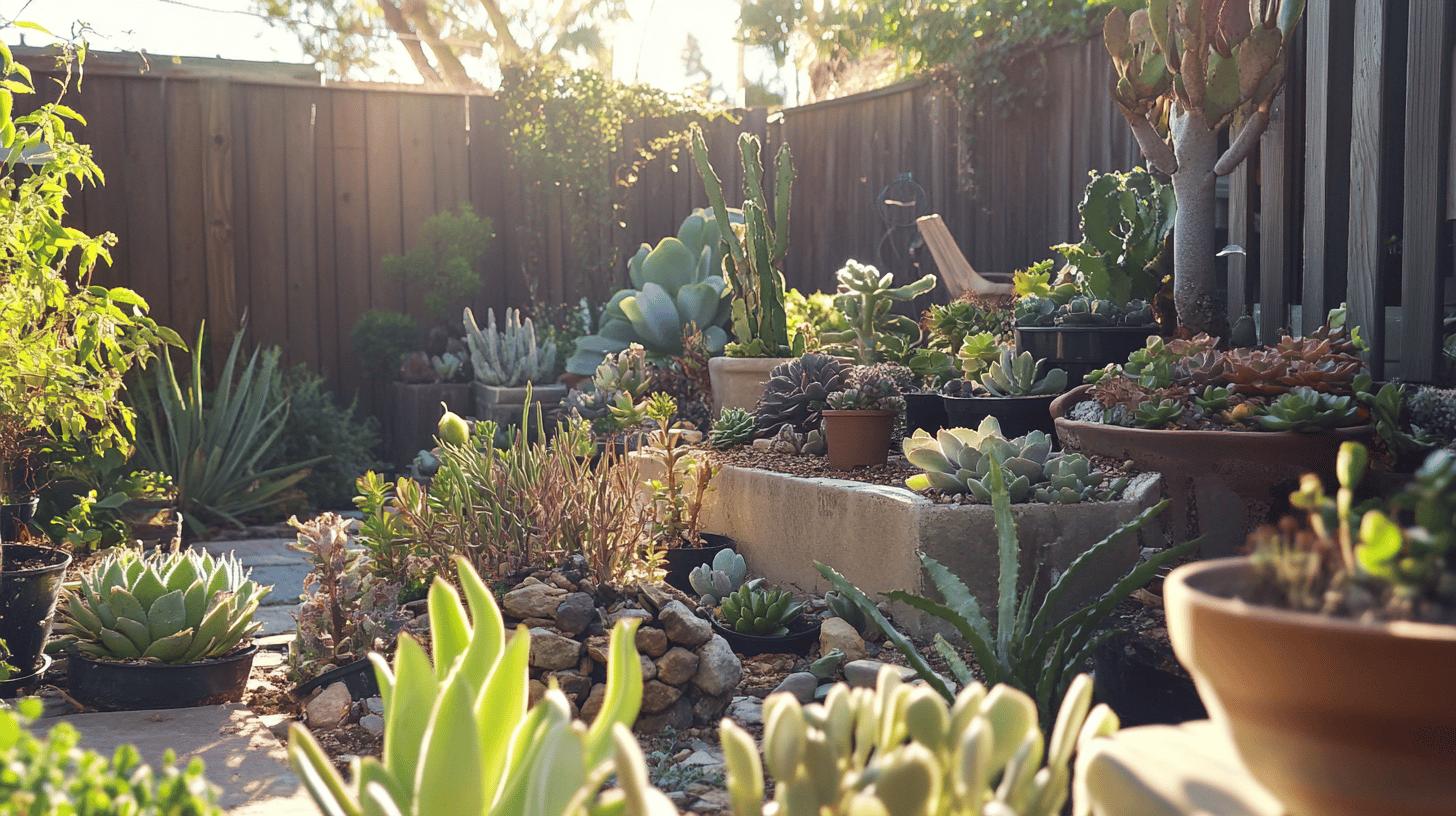
When you’re growing succulents in your backyard, understanding the climate is key to their success. In milder climates, such as the coastal areas of central and southern California, succulents can bask in the full sun. These regions offer a temperate environment where succulents thrive, as the sun provides the energy they need while the cooler sea breezes prevent overheating. If you’re in an area with similar mild conditions, your succulents will likely flourish with ample sunlight, rewarding you with vibrant colors and robust growth.
However, if you live in a hotter climate, such as the Sonoran Desert, you need to be more cautious. The intense heat and relentless sun from May to September can be too much for succulents, leading to sunburn and damage. In these environments, providing bright shade is crucial. Try placing your succulents under a canopy or utilizing shade cloth to filter the sunlight. This approach allows them to enjoy the benefits of light without the risk of overexposure, helping them maintain their health and vitality.
| Climate | Recommended Sun Exposure |
|---|---|
| Coastal (Mild) | Full Sun |
| Desert (Hot) | Bright Shade |
| Temperate | Partial Sun |
| Mountainous (Cool) | Full Sun with Wind Protection |
By considering your local climate and adjusting sunlight exposure accordingly, you can provide an optimal environment for your backyard succulents. Whether you’re lucky enough to enjoy a mild coastal breeze or facing the challenges of a hot desert sun, there are strategies to ensure your succulents receive the right amount of light to thrive beautifully outdoors.
Indoor Lighting for Succulents
When it comes to growing succulents indoors, bright, natural light is crucial for their well-being. Succulents thrive under conditions that mimic their native, sun-drenched habitats. Placing them on windowsills, especially those facing north or east, ensures they receive the sunlight they need. These directions offer ample light without the intensity that might occur in a south or west-facing window, making them ideal for succulents to absorb the necessary sunlight for photosynthesis and growth.
If you’re new to keeping succulents indoors, selecting beginner-friendly varieties can make the experience more rewarding. These hardy plants adapt well to indoor conditions and are a great starting point for any budding succulent enthusiast.
- Aloe vera
- Jade Plant
- Pencil Cactus
- Haworthias
- Lithops
- Gasterias
To maximize the light exposure for your indoor succulents, consider using reflective surfaces or light-colored walls to bounce light around the room. Additionally, rotating your succulents every few weeks can ensure even growth, as each side gets its fair share of sunlight. If natural light is scarce, supplementing with grow lights can provide the necessary light spectrum to keep your plants healthy and happy. Balancing natural and artificial light can be key to maintaining vibrant and thriving succulents inside your home.
Preventing Sunburn and Overexposure in Succulents
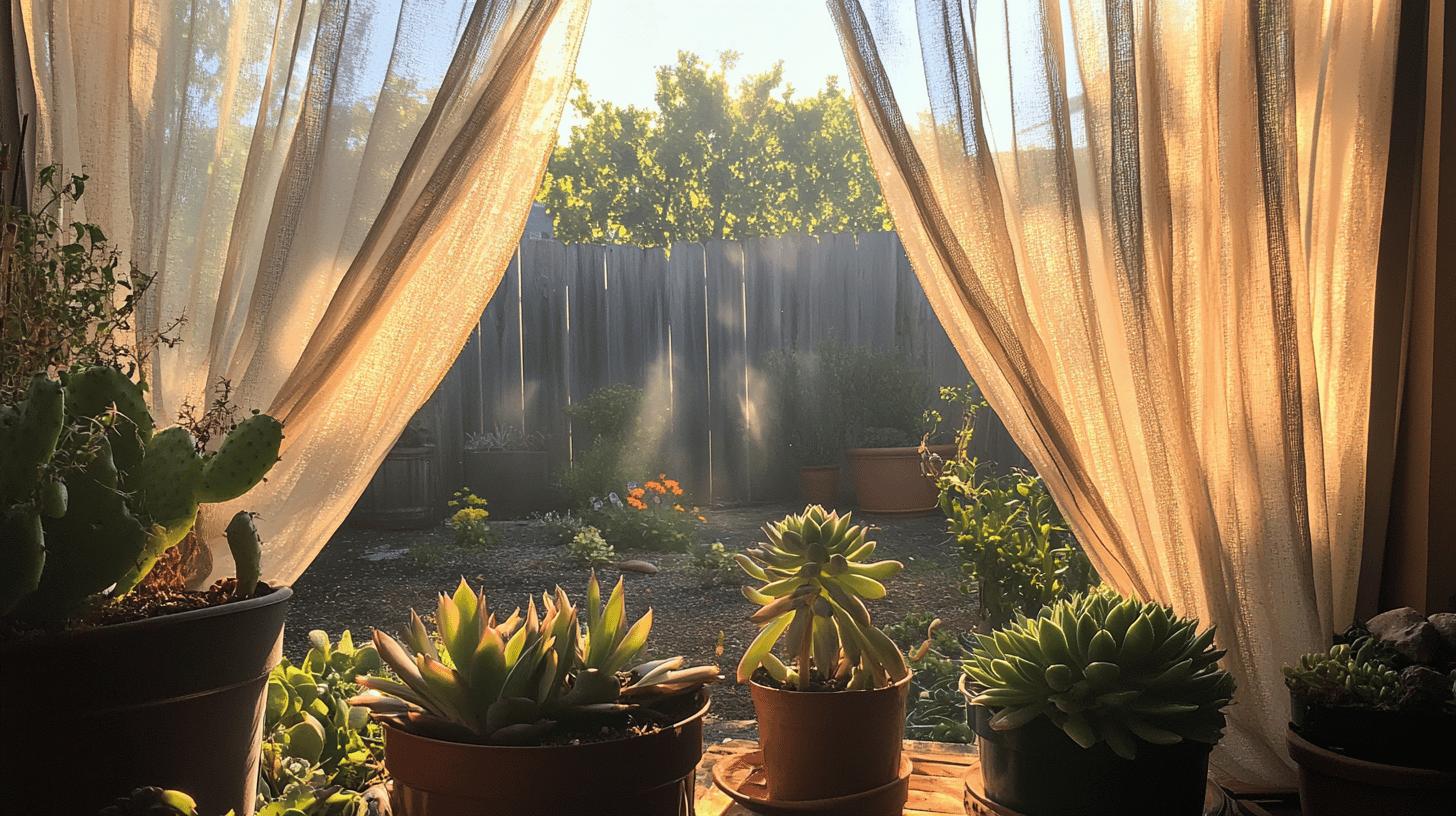
Succulents, while often sun-loving, can suffer from sunburn if exposed to intense sunlight or heat above 90°F. Symptoms of sunburn in succulents include brown or white patches on their leaves, a sign of tissue damage from too much direct sun. In severe cases, this can lead to leaf drop or even plant death. It’s crucial to monitor your succulents, especially during the hottest parts of the day, to prevent these issues and ensure they maintain their health and vibrant appearance.
- Provide shade during peak sunlight hours.
- Move potted succulents to a shadier location.
- Use sheer curtains for indoor succulents near windows.
- Utilize shade cloth for outdoor succulents.
- Gradually acclimate succulents to full sun exposure.
In addition to these protective measures, consider adapting your succulents to thrive in lower light conditions. Transitioning them to less intense light gradually can help prevent sunburn. Start by moving them to a slightly shadier spot for a few hours each day and increase the time over a week or two. This gradual adjustment allows the succulents to develop a tolerance for reduced light, reducing stress and minimizing the risk of sun damage. With careful attention, your succulents can continue to grow healthily without the threat of sunburn.
Differences Between Natural and Artificial Light for Succulents
Natural sunlight is the gold standard for succulent care, especially indoors. Sunlight provides the full spectrum of light that succulents need to thrive, promoting vigorous growth and vibrant colors. Positioning succulents in bright direct light, like on a windowsill that gets at least 6 hours of sunlight a day, replicates their natural environment and ensures they receive the energy necessary for photosynthesis. This natural light is typically more intense and beneficial than artificial options, helping succulents maintain their compact shape and prevent leggy growth.
Artificial lighting, like grow lights, offers a practical alternative when natural light is insufficient. Grow lights are designed to mimic the spectrum of sunlight, providing the necessary wavelengths that succulents require. This is especially useful during winter months or in homes with limited natural light. Artificial lights can be adjusted to provide consistent light levels, ensuring succulents get the exposure they need without the risk of sunburn or overexposure that can happen with direct sunlight.
- LED grow lights
- Fluorescent lights
- Compact fluorescent lamps (CFLs)
- High-intensity discharge (HID) lights
Considering artificial lighting becomes essential when succulents are placed in areas without enough natural light, such as basements or interior rooms. It’s also beneficial for those living in regions with less sunlight during certain times of the year. By supplementing or replacing natural light with the right type of artificial lighting, you can provide a stable environment for succulents to flourish, ensuring they remain healthy and vibrant regardless of their indoor location.
Positioning Succulents for Optimal Growth Indoors and Outdoors
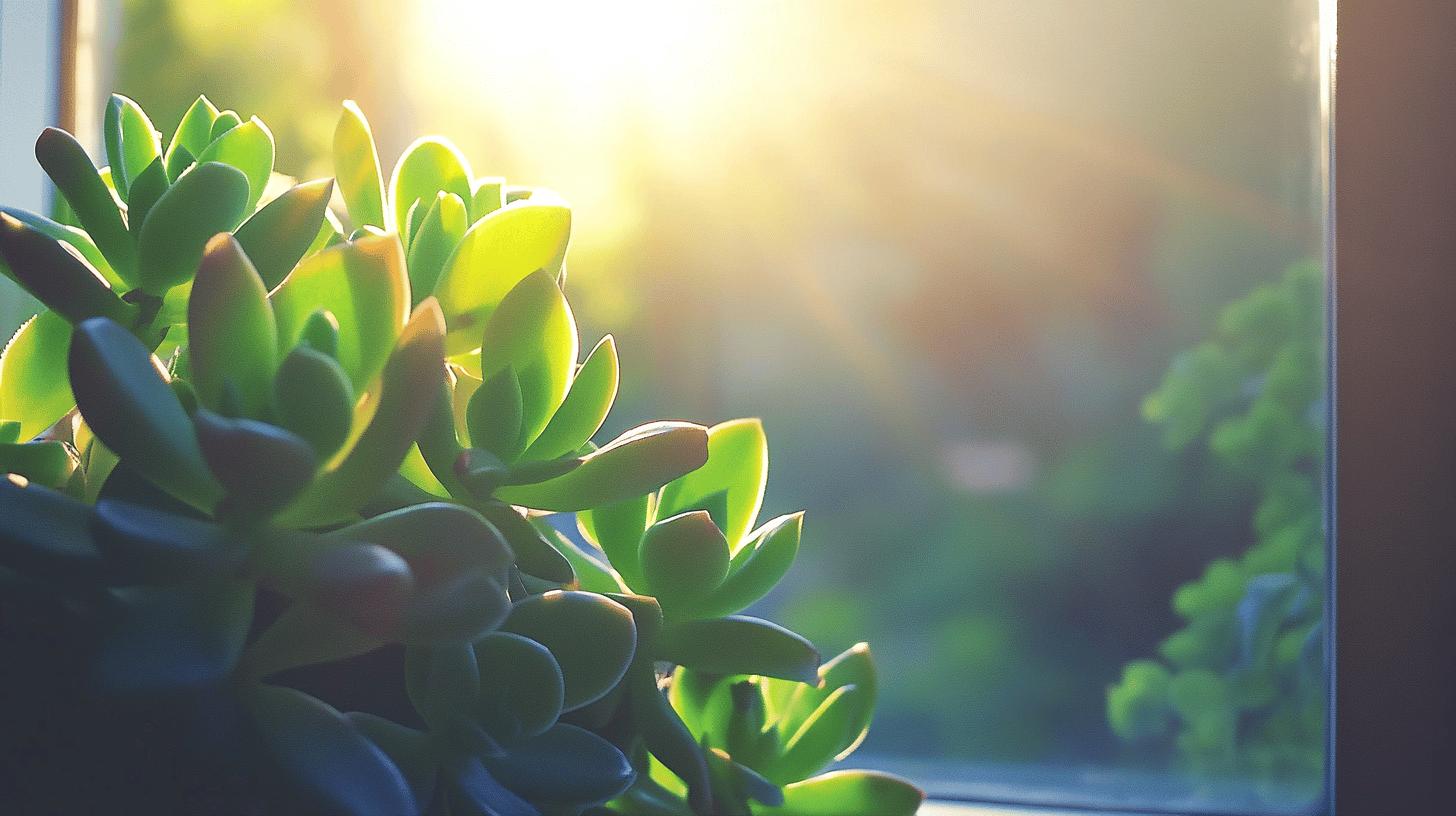
When placing succulents indoors, finding the right spot is crucial for their health and vigor. These plants crave bright, natural light, thriving best when they receive at least six hours of it daily. A windowsill that faces north or east is ideal, as it offers abundant light without the scorching intensity of a south or west-facing window. If your space doesn’t allow for direct sunlight, consider using reflective surfaces or positioning your succulents in a room with light-colored walls to help distribute available light more evenly. This way, you ensure your succulents get the energy they need for photosynthesis, resulting in healthier and more vibrant growth.
For outdoor succulents, strategic placement is key to maximizing their exposure to sunlight while protecting them from potential sunburn. In regions with milder climates, such as central and southern California, succulents love basking in full sun, where they can soak up the rays all day. However, in areas with intense heat, consider placing them in spots that offer some relief during the hottest part of the day, like beneath a tree or near structures that provide partial shade. Understanding the microclimates in your backyard can help you tailor the conditions to suit your succulents’ needs, ensuring they flourish beautifully.
| Environment | Suggested Placement |
|---|---|
| Indoor Bright Light | North or East-facing windowsill |
| Indoor Low Light | Room with reflective surfaces |
| Outdoor Mild Climate | Full Sun |
| Outdoor Hot Climate | Partial Shade |
| Outdoor Coastal | Exposed to sea breeze |
By carefully considering the placement of your succulents, both indoors and outdoors, you can create an environment that supports their optimal growth. Whether you’re working with the natural layout of your home or the unique conditions of your backyard, positioning is everything when it comes to keeping your succulents happy and healthy.
Adapting Succulents to Different Light Conditions
Succulents can be quite expressive when they aren’t getting the right amount of sunlight, acting as their own little weather vanes. If they don’t get enough light, they tend to elongate—a process known as etiolation—where stems and leaves become leggy as they stretch toward the light. On the flip side, too much sunlight can cause succulents to close their rosettes tightly, a natural response to protect themselves from excessive sun. Observing these signs is crucial for understanding whether your succulents need more or less light.
- Start in Shade: When moving succulents to a brighter location, begin by placing them in a shaded area for a few days.
- Gradual Exposure: Slowly increase their exposure to sunlight, adding an extra hour of light every day over a week.
- Monitor Signs: Watch for signs of sunburn, such as reddish or brown patches, and adjust their location if needed.
- Adjust Watering: As light increases, ensure to adjust watering habits since more light can lead to faster drying soil.
During the transition to different light conditions, keeping a close eye on your succulents is essential. Regularly check for changes in color, shape, and growth patterns, which can indicate how well they’re adjusting. If you notice any negative signs, such as wilting or discoloration, it might be necessary to reevaluate their lighting situation. By being attentive, you can help your succulents adapt smoothly and thrive in their new environment, maintaining their health and beauty.
Final Thoughts
Understanding your succulents’ light needs is one of the most important parts of keeping them healthy and beautiful. Whether you’re growing them in your sunny backyard or brightening up your home, paying attention to how much light they get will make a huge difference.
Remember that succulents are adaptable plants, but they do best when their natural preferences are respected. By providing the right amount of sunlight (or artificial light), you’ll be rewarded with compact, colorful plants that bring joy to your spaces.
Don’t be afraid to experiment and observe how your succulents respond to different light conditions. With a little attention and care, you’ll become an expert at creating the perfect environment for these wonderful plants!
Frequently Asked Questions
Do succulents need sunlight both indoors and outdoors?
Yes! All succulents need light to survive, whether they’re indoor or outdoor plants. Most varieties need at least 4-6 hours of bright light daily, though the exact amount varies by type.
Do succulents need direct sunlight indoors?
Most succulents need bright, indirect light when grown indoors. Place them near windows that get plenty of light, but use sheer curtains to filter intense direct sun, especially through south or west-facing windows which can sometimes be too intense.
Can succulents survive indoors without sunlight?
Succulents cannot survive for long without any light. If you have a very dark space, choose low-light tolerant varieties like snake plants and ZZ plants, or add grow lights to provide the light they need.
Do succulents need soil and drainage?
Absolutely! Proper drainage is even more important than light for succulent survival. Always use well-draining cactus/succulent soil and pots with drainage holes to prevent root rot.
Where is the best place to put succulents?
The ideal location depends on the variety:
- Indoors: Near bright windows, especially east or south-facing
- Outdoors in mild climates: Areas with full morning sun and some afternoon shade
- Outdoors in hot climates: Spots that provide filtered light or afternoon shade
What are the best low-light succulents?
Some succulents that tolerate lower light conditions include:
- Snake plants (Sansevieria)
- ZZ plants
- Haworthia varieties
- Gasteria
- Christmas cactus
- Some types of Kalanchoe
These varieties make great choices for rooms that don’t get a lot of natural light.
Do outdoor succulents need sun protection?
In very hot climates or during intense summer heat, even outdoor succulents can benefit from afternoon shade. Use shade cloth, trees, or strategic placement to protect them during the hottest part of the day (usually 2-4 PM).
How can I tell if my succulent needs more light?
If your succulent is stretching tall, leaning toward a light source, or losing its compact shape and vibrant colors, it’s likely not getting enough light. Gradually move it to a brighter location or consider adding a grow light.
